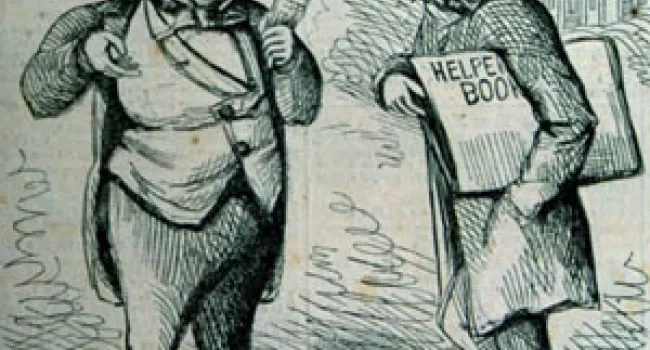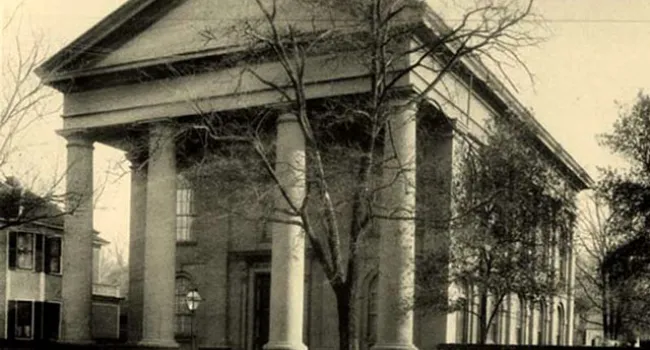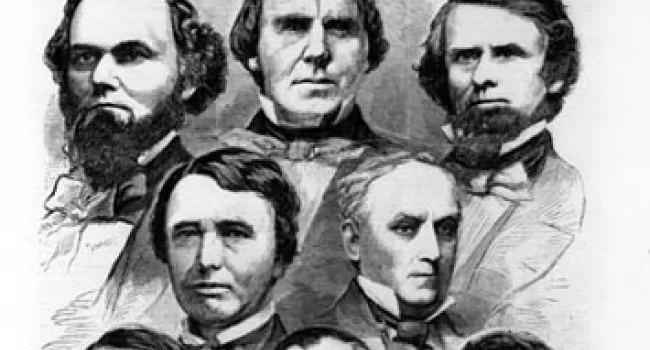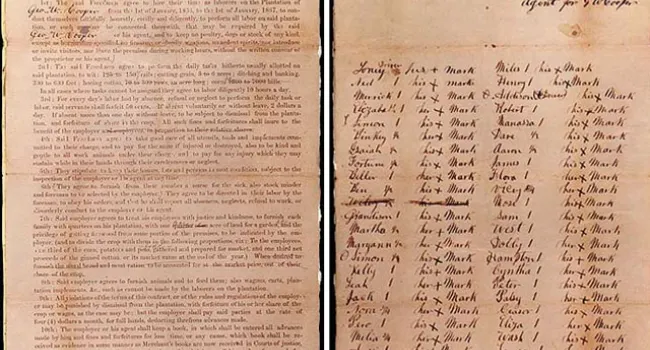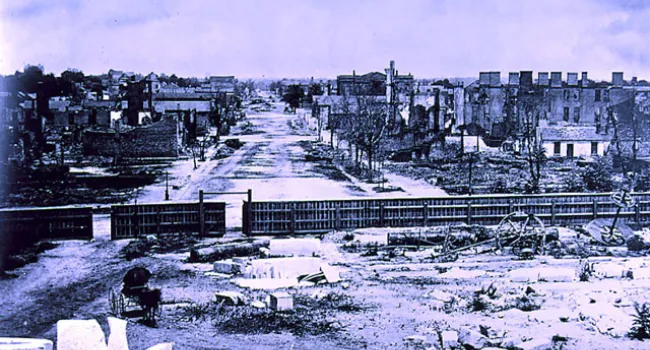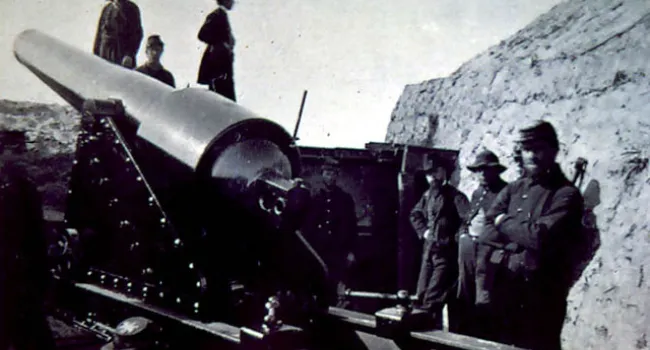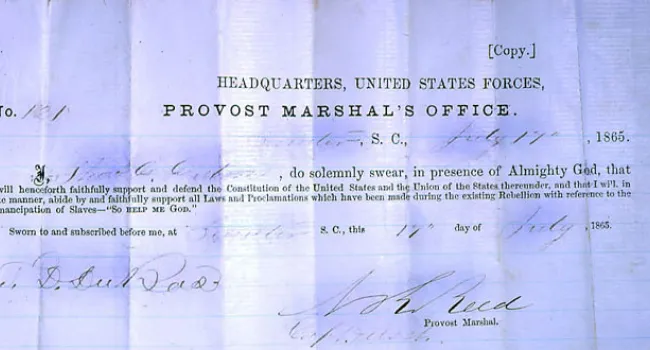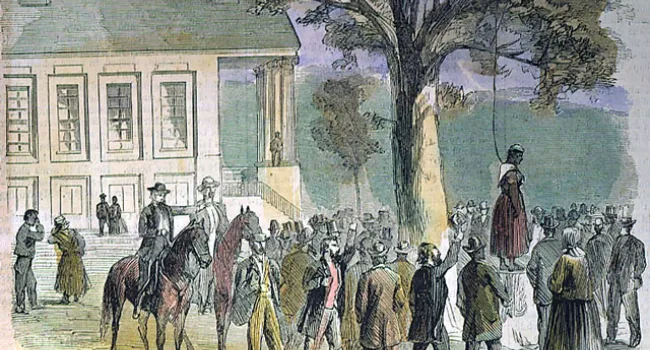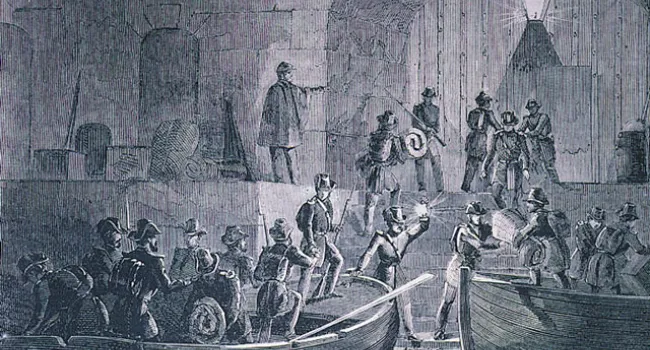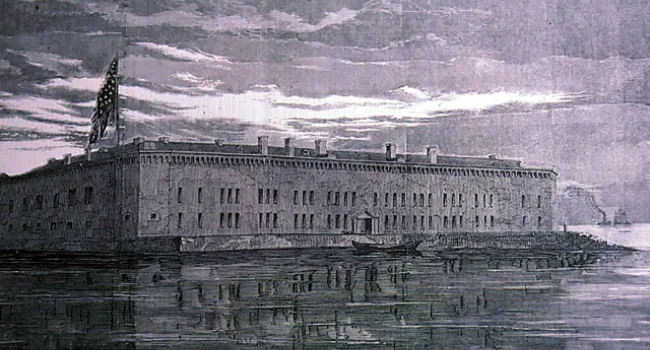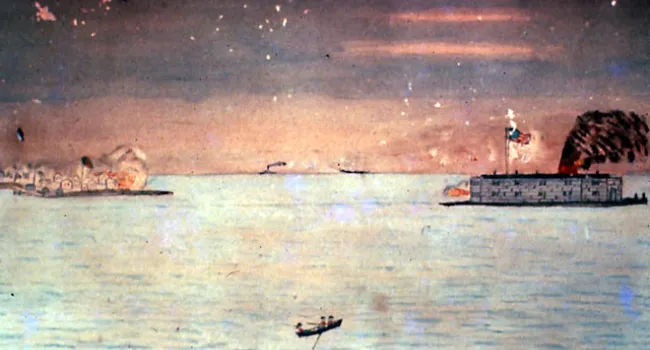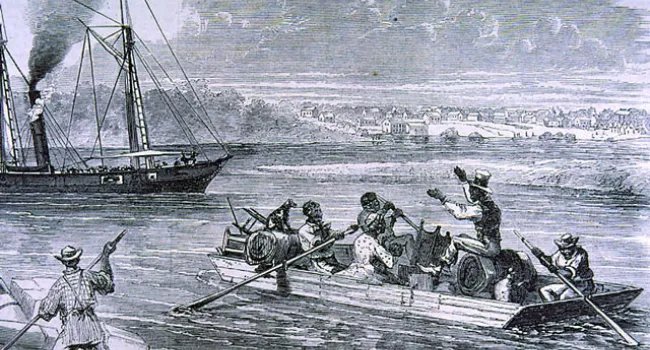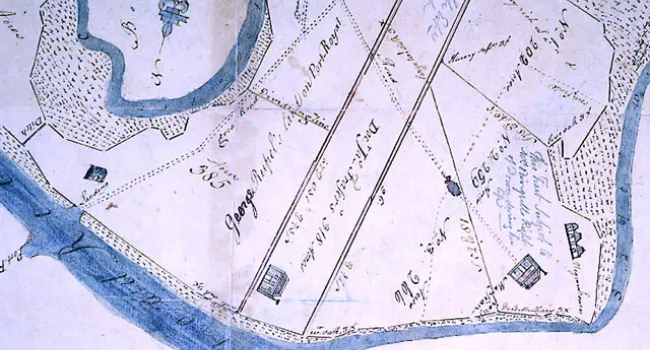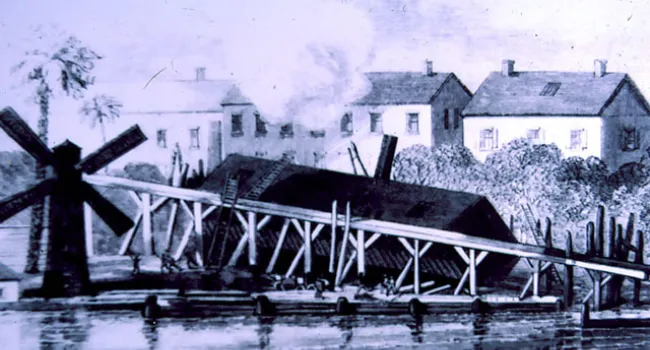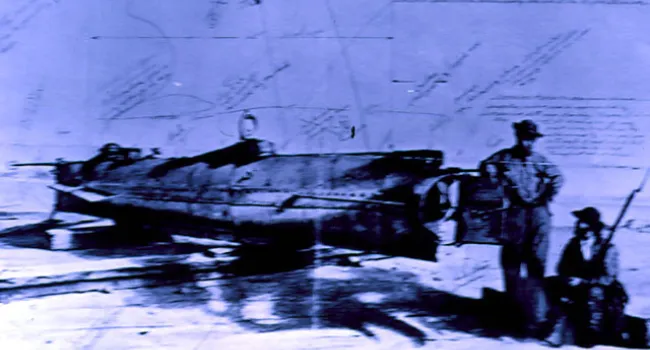
When General William Tecumseh Sherman invaded South Carolina, he surprised those who expected him to strike first at Charleston. Instead, he marched the main body of his army northward toward Columbia, where many civilians, as well as large numbers of deserters, had fled for safety. As the capital of South Carolina, it was an important symbolic target, as well as a tempting military one. On the 17th of February, 1865, the advance of Sherman's right wing, the 17th Army Corps, crossed the Saluda.
Courtesy of the Pratt Memorial Library.
Standards
- This indicator was developed to encourage inquiry into the continuities and changes experienced by Americans of various genders, positions, races, and social status during the Civil War.
- This indicator was developed to encourage inquiry into the relationship between the Civil War and the experiences of women, African Americans, and the planter class in South Carolina.
- This indicator was developed to encourage inquiry into the effects of military strategies to include but not limited to: wartime technologies, the Anaconda Plan, conscription, and Sherman’s March to the Sea.
- This indicator was designed to encourage inquiry into the Civil War focusing on the impacts of military strategies and major turning points on South Carolina and the U.S.


